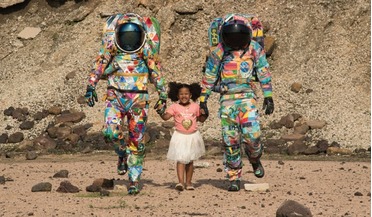 November 2018
Creating the ‘Space for Art Foundation’
November 2018
Creating the ‘Space for Art Foundation’
...Space for Art community. Many artists, astronauts and cosmonauts, space and health professionals, and most importantly ... of hope and unity with the international crew of astronauts and cosmonauts living in space. Knowing we wouldn’t be able to send ...
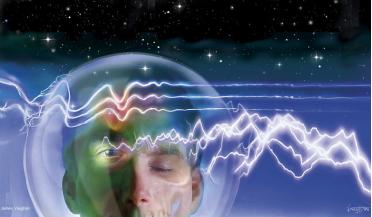 May 2024
Beyond Earth’s magnetic field
May 2024
Beyond Earth’s magnetic field
... the conditions of Earth’s magnetic field, and the International Space Station (ISS) is in low Earth orbit, where cosmonauts and astronauts are protected by Earth’s magnetosphere. However, the exploration of deep space, including flights to the Moon...
 July 2016
Plasma Crystals - from space research to medicine on Earth and back to space again
July 2016
Plasma Crystals - from space research to medicine on Earth and back to space again
... and is being exploited in medicine on Earth, could now return to space for the benefit of the astronauts and cosmonauts, who carried out the original fundamental space experiments and who will no doubt continue the pioneering...
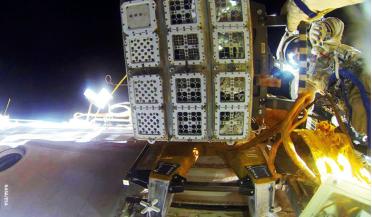 September 2023
How microorganisms survive space travel
September 2023
How microorganisms survive space travel
...and the dormant forms of organisms on board the Russian segment of the International Space Station // Cosmonautics and rocket science. 2007. Vol. 49. Issue 4. pp. 54-63. 2. Alekseev V.R., Sychev V.N., Novikova N.D. Studying the phenomenon of dormancy...
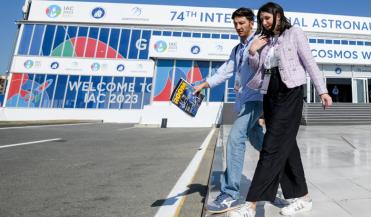 April 2024
ROOM at the 74th International Astronautical Congress
April 2024
ROOM at the 74th International Astronautical Congress
.... Indeed, long-term ‘space watchers’ may remember the name of Musa Manarov, the Baku-born Soviet cosmonaut who spent a total of 541 days on the Mir space station. Today, most of the nation’s space efforts...
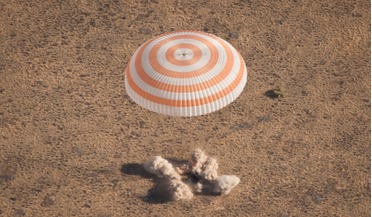 20 December 2021
Japanese space tourists land safely on Earth after 12 days on ISS
20 December 2021
Japanese space tourists land safely on Earth after 12 days on ISS
... parachuted onto Kazakhstan's steppe at around the expected landing time of 0313 GMT Monday, along with Russian cosmonaut Alexander Misurkin. Footage from the landing site, around 150 kilometres (90 miles) southeast of the central Kazakhstan...